The UK stands as one of the leading art markets worldwide, with approximately 18% of the world’s art and antique sales in 2022, and having a higher global market share than all 27 EU countries. However, the art industry faces some extremely vital barriers to continued success – most obviously the recovering impact of the pandemic on in person artistic events, and a greater tendency towards digital marketing.
Public relations (PR) can play a vital role in nurturing the development of art galleries. Just like any business, art galleries need to be able to communicate, influence public opinion, and build strong relationships. Galleries then need to use this positive reputation to encourage increased attendance to exhibitions and sales, particularly as society has now returned to mostly in-person events. With over 60% of art galleries in 2024 claiming that online advertising such as newsletters and social media engagement was the most important method of connecting with potential buyers, it is crucial that galleries make smart use of PR in an increasingly digitised age.
This article explores why PR can be indispensable for art galleries in the UK and how it can help them thrive amidst fierce competition, through a recognition that art galleries can benefit from codified PR plans just like technological or financial businesses.
Table of contents
The importance of standing out
In any industry, finding a way to craft unique selling points is crucial to business success and operations. In the art industry, such a question has resonance, because art is a unique form of cultural expression, with each artist being characterised by unique styles and influences. Art galleries thus need business strategies which are as unique and distinctive as the artists they partner with if they want to stand out in a highly competitive market.
By effectively positioning the gallery’s particular selling points, a strong communication strategy ensures that the gallery garners the attention it deserves. Increasing visibility like this prompts the curiosity of influencers, critics and the wider public, which can lead to more attendees at events which encourages greater financial success.
☘
The Role of PR in enhancing visibility and awareness
In today’s fast-paced society, visibility is crucial for any business, including art galleries. PR professionals specialise in crafting compelling narratives that captivate audiences and generate media coverage. It is the duty of PR agencies and professionals to use their extensive experience across a variety of industries to create robust, comprehensive PR strategies are fit for purpose. Any attempt to improve business visibility and awareness is dependent on a holistic approach, crafted based on expert advice and clear lines of communication.
A brand is more than a logo or initial website, it is often the very first thing that new clients see of your business and how they establish their initial impressions. This is particularly the case in the age of social media – which has made business profiles, messages, and history more easily visible than ever before. Cohesive, tailored strategies ensure art galleries have strong brands that express their core identity and appeal. With over 75% of businesses identifying building brand awareness as one of their core strategies, art galleries need to ensure they make their own brands stand out amongst their competitors.
Effective public relations for art galleries need to consider the importance of unconscious associations. Helping a brand become recognisable is one of the most efficient ways for an art gallery to acquire customers and investors, improving its profile and ultimately, its financial success.
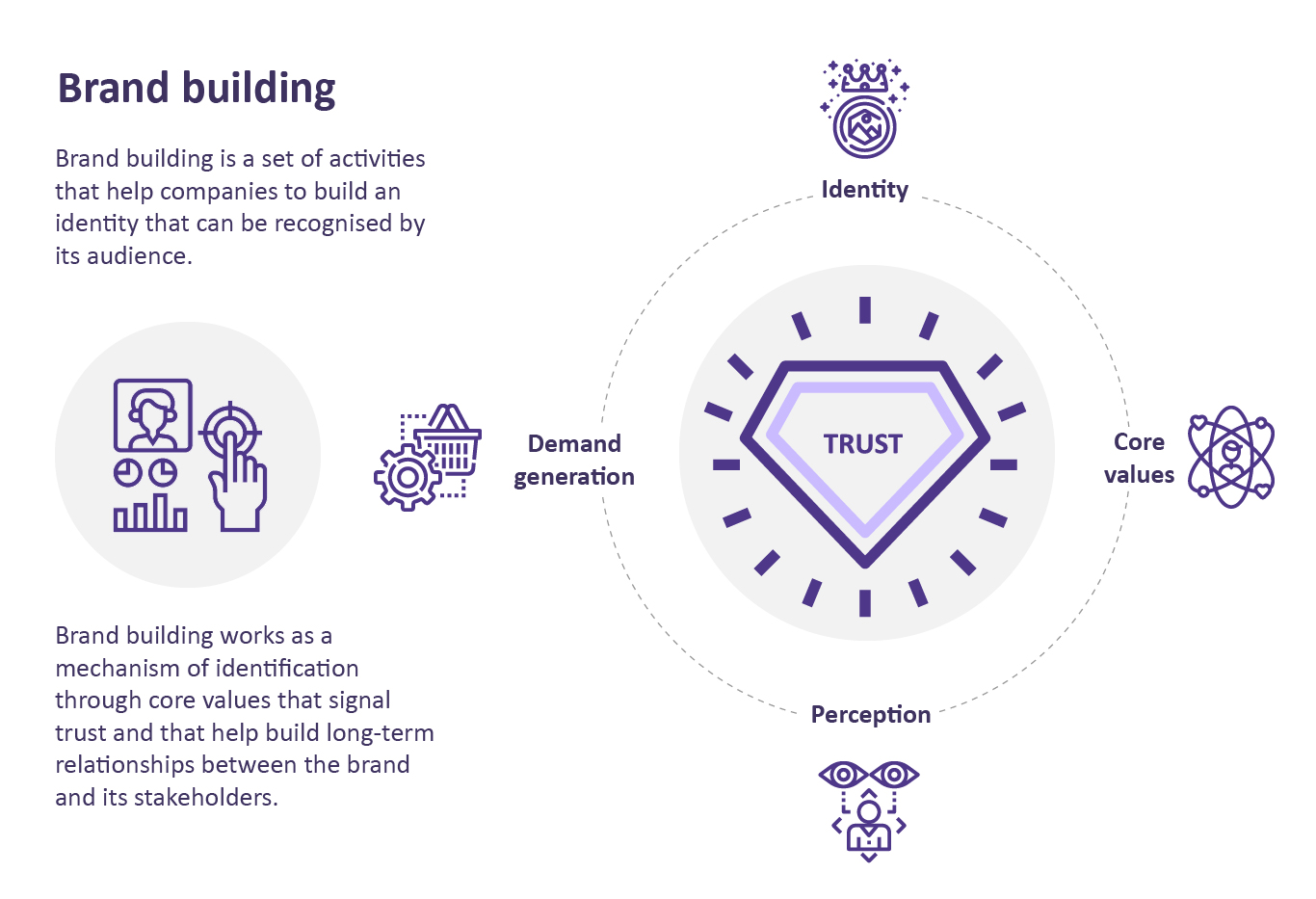
Helping a brand become recognisable is one of the most efficient ways for an art gallery to acquire new customers

Compelling narratives
Following a positive brand image, art galleries should consider the importance of a company narrative. PR teams can help with crafting that narrative: what does the gallery stands for, what is its mission, its history, as well as core audience? Such narratives help galleries establish themselves as authentic, creating an emotional resonance with potential buyers and or artists, particularly if they feel that the gallery supports their own values and principles.
However, such narratives need to be properly targeted and tailored; brand narratives which work in financial or technological sectors would not necessarily be suitable for art galleries, regardless of their quality. Communications agencies have the experience to help craft these stories organically, and are able to provide expert advice to help galleries emphasise their commitments to its various stakeholders and help them cultivate positive attitudes toward them as brands.
Media Relations
For businesses, a robust understanding of their media relations is essential to improving operations. A media interview is as much a presentation as it is a discussion, with interviews providing opportunities for galleries to present specially crafted depictions of themselves and for potential partners to get context around their work. Expertly organised press previews, artist talks, and curated events provide opportunities for key stakeholders to engage with the gallery, cementing its credibility within the art community.
In this regard, specialist teams like Sapience offer clients extensive media training backed by decades of experience to ensure directors can react to unexpected or potentially hostile lines of questioning and still convey their message and values. Such media training is the foundation of successful media interviews, which help build good reputations and improve sales.
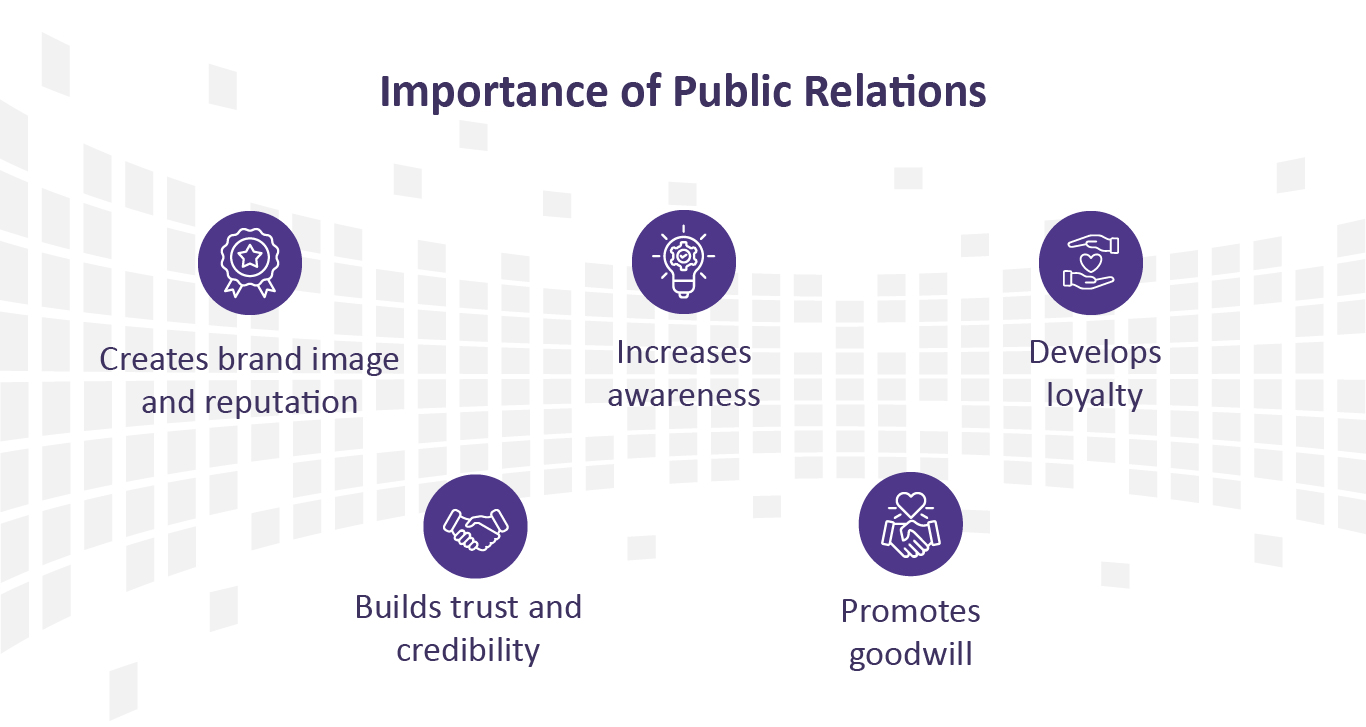
Social media marketing
Social media awareness is no longer optional for most businesses in the B2C space; it is required. Over 4.59 billion people used a social media platform worldwide in 2022 – it is not a stretch to call it one of the most popular online activities. For artists, social media profiles serve as ongoing portfolios, as ways of keeping up with wider sector developments and advertising their own pieces. For art galleries, therefore, proper social media strategies enable galleries to advertise upcoming exhibitions to potential clients and partners, as well as reach out directly to artists in order to build long-lasting financial relationships.
Sapience is highly experienced in the field of social media management, with our expert team able to offer comprehensive guidance on how to structure social media posts to maximise outreach on events and thought leadership. Our approach to social media is always results driven, with our team constantly analysing the market and adapting our social media plans to ensure they are fit for purpose and can help our clients distinguish themselves from their competitors. Keeping our clients’ brands visible in the public eye is one of the foremost commitments of our social media strategies.
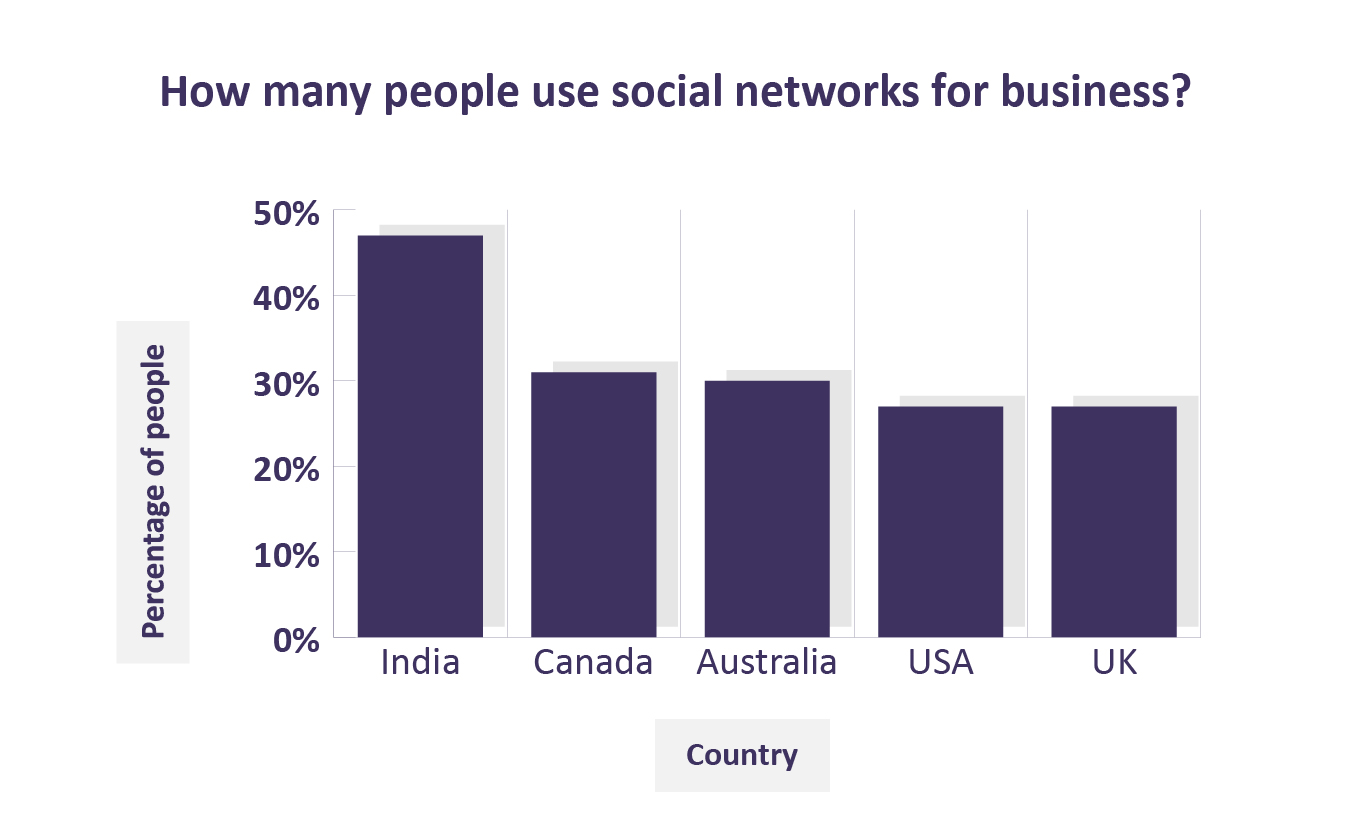
Content Marketing
PR specialists understand the value of proper content marketing, particularly in terms of thought leadership and presenting yourself as an expert in the sector. Thought leadership allows art galleries to further enhance their profile, with frequent appearances in the national and sector press depicting managers as both enthusiastic experts in the field, who are keen to see real change and development in the industry. PR agencies can use their links to traditional media channels to ensure art galleries content and thought leadership is published in the most prestigious sector press, such Aesthetica Magazine which distributes to more than 50,000 art experts, professionals, and enthusiasts per month. In an age of rising digital communication, art galleries should not underestimate the benefit of a multi-faceted approach which employs some elements of traditional media.
In presenting themselves as leading authorities in the art world, art galleries develop a reputation as trusted experts, which furthers interest in their exhibitions and improves sales. Public relations agencies such as Sapience use our extensive ties to press publications, both national and sector, to give clients a leg up in their sector’s publications and improve their outreach.
☘
Challenges facing art galleries: maintaining credibility and trust
Once art galleries have established their outreach strategies, they are faced the question of how to maintain such success. In this sense, one of the most important principles for art galleries to consider is their ability to guarantee the trust of their customers and clients, which remains crucial to modern business strategies. PR companies can provide critical assistance in such a process through offering tailored and reactive campaign strategies which can help art galleries achieve continued success and maintain public trust.
It is difficult to assess the levels of trust customers and clients invest in their businesses, and it is not uncommon for companies to have incorrect or overly optimistic impressions of their business reputation. For instance, a worldwide survey by PwC found that while 87% of business CEO’s argued that they were trusted by their customers, only about 30% of consumers felt they could trust businesses they brought from. This discrepancy is one of the major challenges affecting art galleries attempts to create continued success – if they do not command the trust of their customers, they will not be able to guarantee loyal attendees to events and continued success. It is not enough to just attract new customers; art galleries need to be able to retain them.
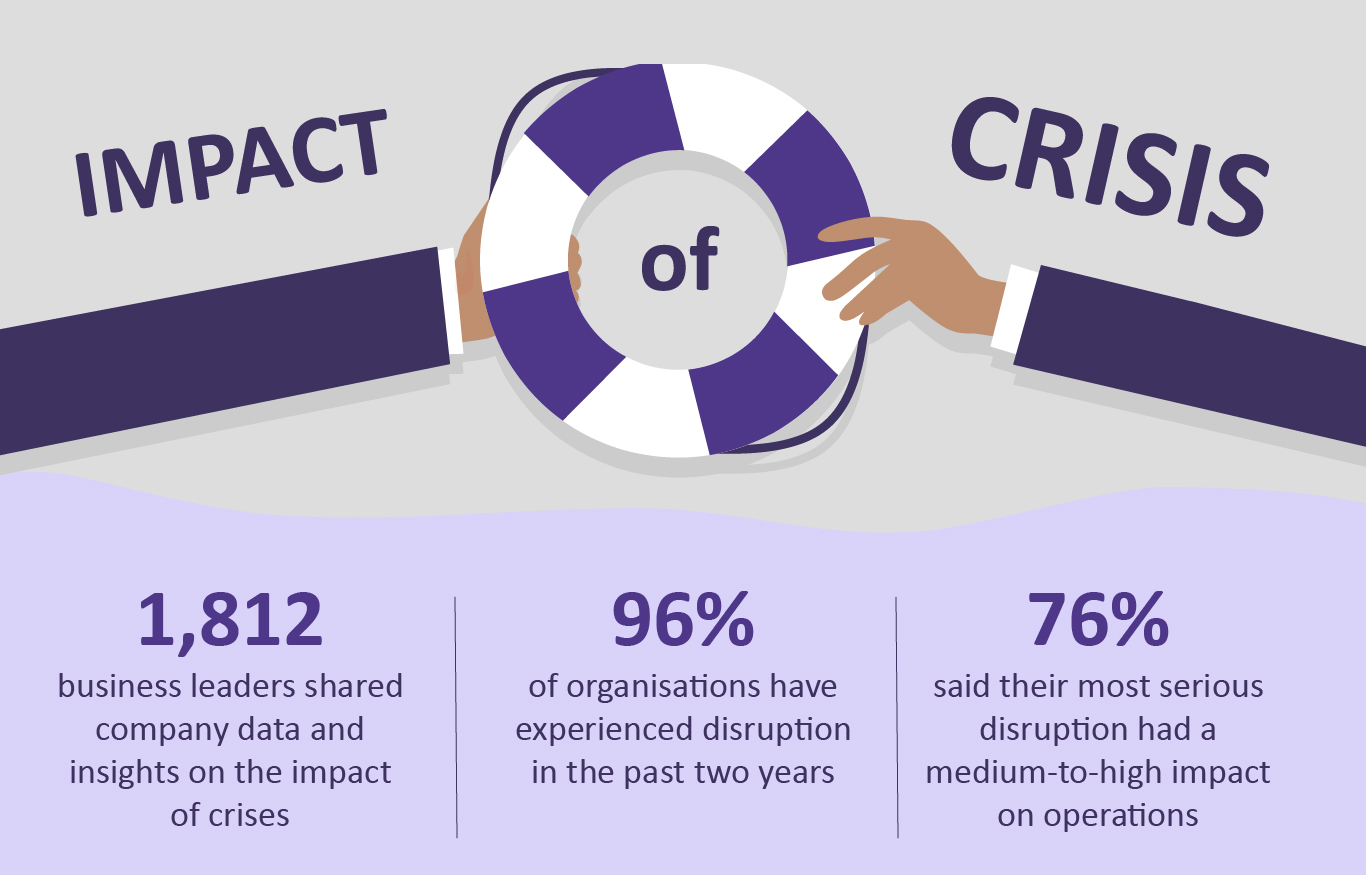
Crisis Management
In an interconnected online world, it is easier than ever for a business to be subject to scandals, whether from negative commentary, or difficulty with partners who feel they were not properly compensated. In turn, artists who feel badly represented may connect with other professionals in their network and discourage them from associating with galleries they have poor experiences with.
In this regard, proactive crisis management is crucial. Sapience believes proper incident actions plans are crucial to any industry, using our years of experience to monitor sector coverage and conversation as it happens. We ensure that clients know how to respond to bad coverage in advance, and when it does happen, we offer on demand responses and guidance on how to mitigate further damage and recover from any losses. In this way, agencies allow businesses in crisis to concentrate on keeping everything running smoothly, content that they have expert advice to manage the worst of the situations.
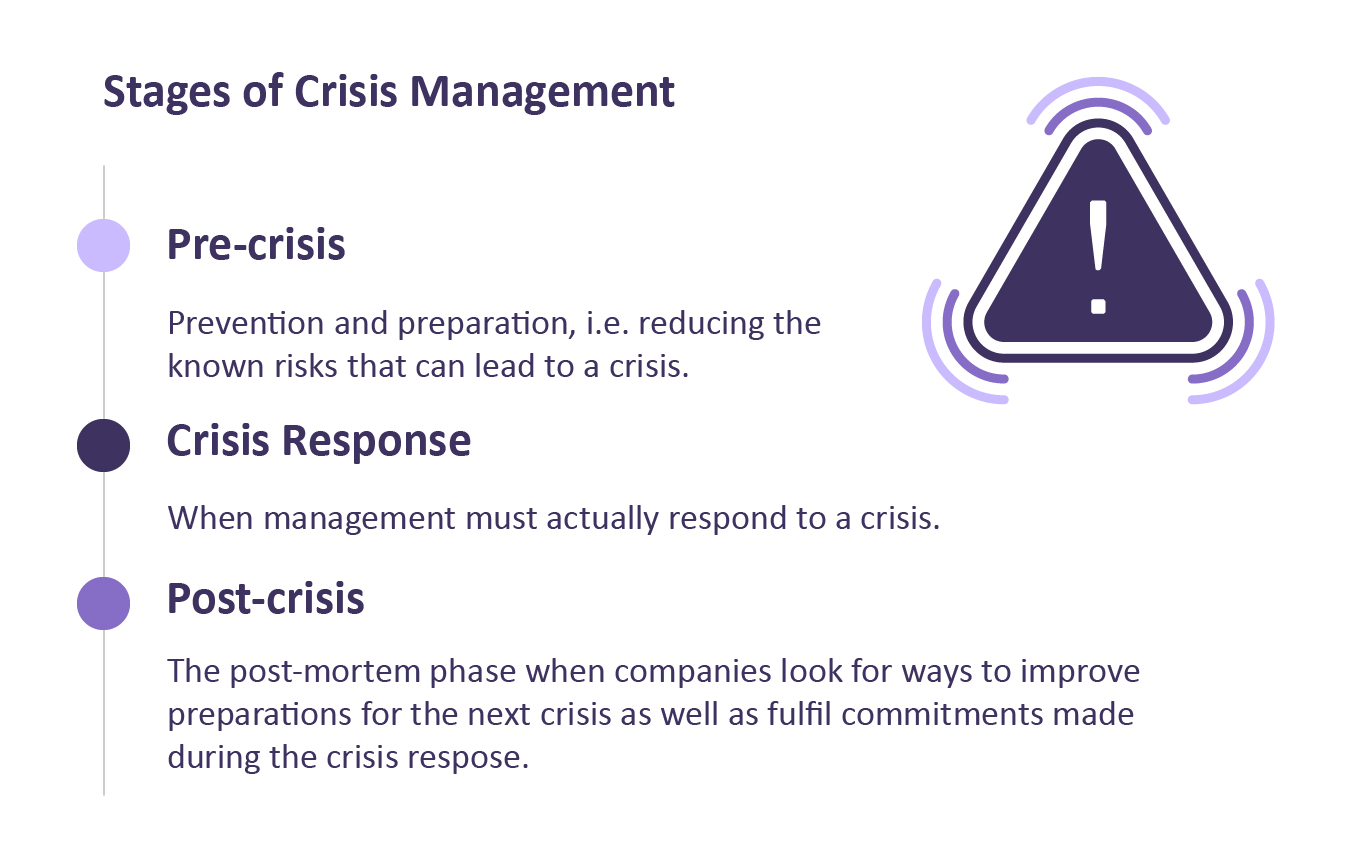
With a PwC survey last year revealing that in five years, 69% of business leaders reported at least one public image and corporate management crisis – Art galleries should not underestimate the benefit brought by a robust crisis management strategy, directed by expert PR teams.
Sponsorship and Partnerships

The financial health of art galleries is particularly salient in the context of sponsorships and partnerships, not least because of the principles on which the industry operates on, which effectively determine the success of institutions, businesses, and artists based on how they are perceived by the public. Many galleries are faced with difficult decisions when it comes to balancing their budgets, with it not being uncommon that public pressure will cause cultural institutions to cut ties with lucrative but controversial sponsorship deals.
Communication specialists can serve as knowledgeable intermediaries for large sponsorship deals, are able to dedicate time to researching potential partners, outreaching to them, and organising meetings between the organisations. In this sense, PR agencies can outreach to artists, help negotiate buying and selling prices and collate them, offering clients information on the potential costs and benefits of a partnership. Such a systematic breakdown ensures art galleries are making the best possible business decision, allowing them to offer partnering with a potentially controversial artist or company, and maintaining the trust of their consumers and existing partners in the process.
Award submissions and nominations
All businesses want to see their efforts recognised, and recognition from established brands and organisers is one of the most crucial ways that businesses can strengthen their credibility and attract new potential clients. According to Best Business Awards, award-winning small businesses can see a 63% increase in income and a 39% growth in sales. For art galleries, award submissions offer a way of achieving measurable recognition, with galleries able to use their status as award winners to make themselves stand out as remarkable within their field. This, in turn, is a fantastic basis for further outreach, and provides some excellent PR and further potential to attract business and investment. Even unsuccessful submissions can be beneficial, with ranking as the runner-up of particularly lucrative awards still indicative of customer commitment and notable success compared to most competitors.
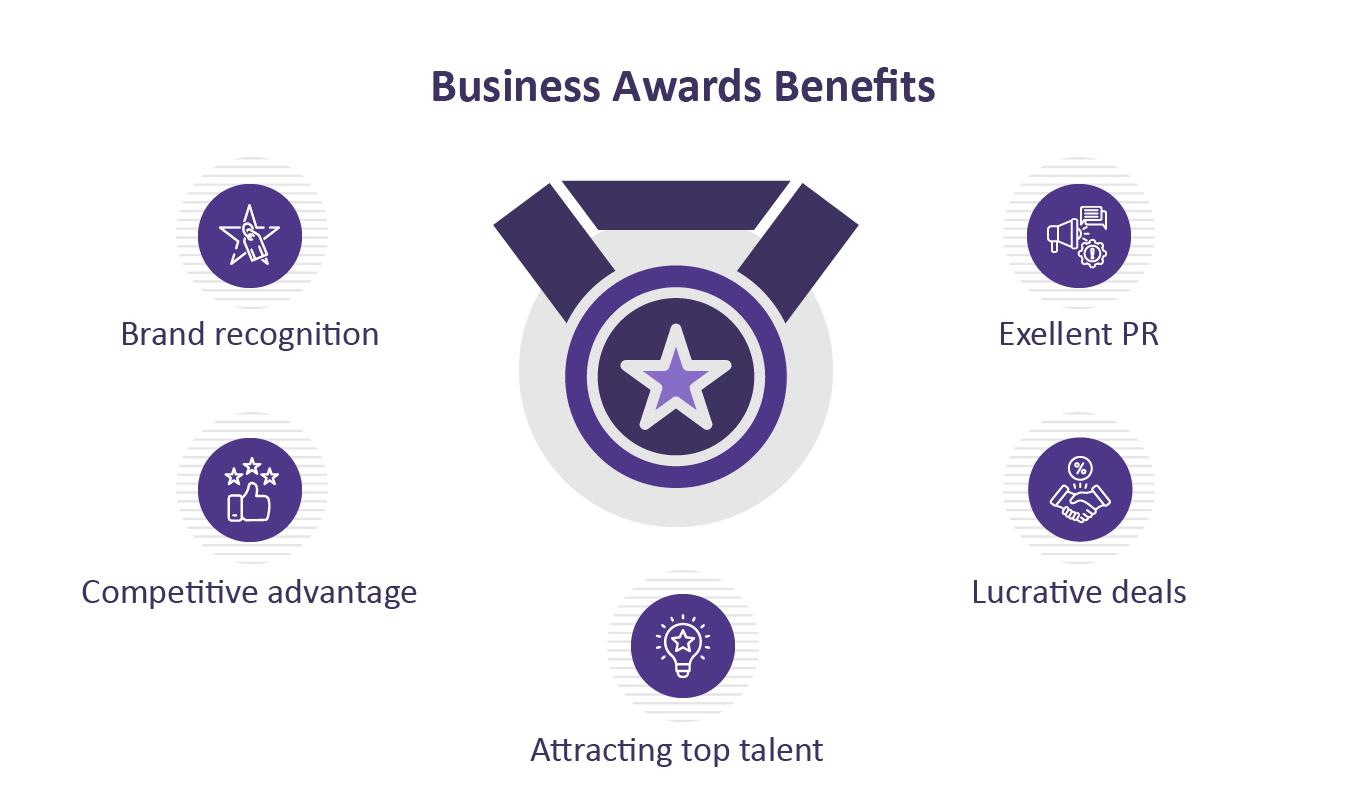
However, participating in competitions is often time-consuming and sometimes requires serious homework, particularly for small businesses who are still building their brands. Working with marketing companies can make the challenge easier to tackle, as they may already have hands-on experience in that area. Researching and drafting award submissions is a major component of our operations here at Sapience. Agencies use their experience and knowledge of the sector to draft award submissions which can get to the heart of an art galleries unique offerings, missions, and successes to create a genuinely persuasive, award-winning submission.
☘
Concluding Thoughts
In the competitive art industry, effective PR strategies can be crucial to succeed. In the post-Covid era, challenges are numerous but opportunities for skilled PR professionals to improve art galleries outreach and success are equally strong. PR is, however, a multi-faceted concept, and galleries cannot be expected to handle such a reactive and ever-changing sector, while also directing art exhibitions, arranging buyers and managing the intricacies of business relations. This is where comms agencies can help.
PR professionals’ expertise in storytelling, media relations, and reputation management helps galleries cultivate a strong brand identity, attract art enthusiasts and collectors, and foster long-lasting relationships. Embracing the power of PR is a wise investment for art galleries seeking to thrive in today’s fast-paced and interconnected world.



